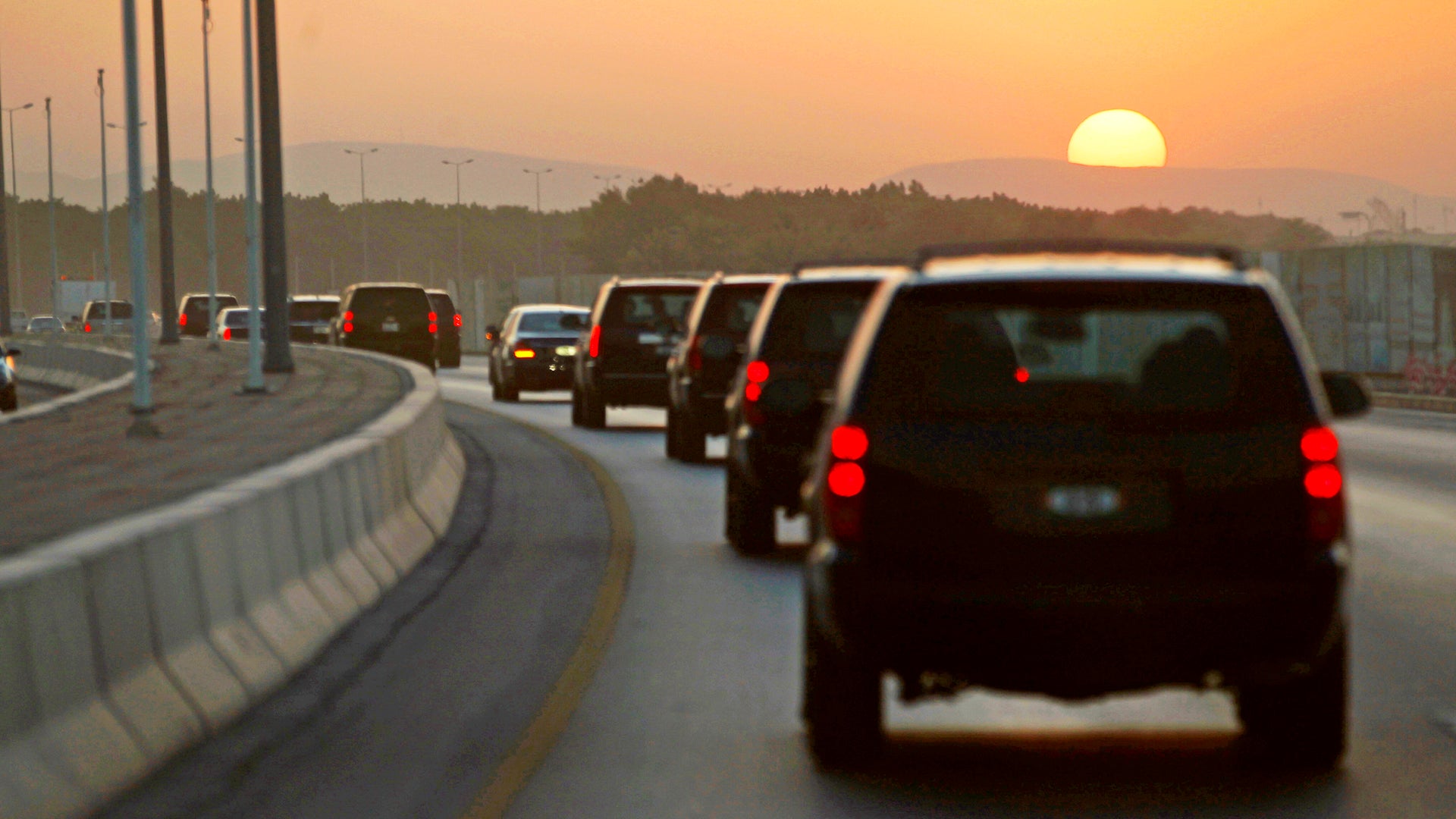On Sept. 18, 2010, a ferry belonging to Tarzan Boats left the harbor in Nigeria’s capital Lagos carrying 10 U.S. Department of State armored sport utility vehicles (SUVs). To prevent anyone from selling or salvaging the worn out trucks, the American Embassy in the country hired the private company to dump them into the Gulf of Guinea.
On the way to the disposal area, one of the vehicles broke free from its chains and slammed into the ship’s front loading gate, knocking it off and throwing four people into the water. A fifth person clung helplessly to the SUV’s bumper.
Though State’s mission in Nigeria later reported they had worked with Tarzan Boats in the past without incident, not all of the crew during the accident were wearing life vests, or could swim. One person went missing and presumably drowned. After discussions with American officials in another boat and Nigerian Navy sailors aboard a corvette that rushed to the scene, the remaining crew pushed the other nine vehicles into the ocean and returned home.
Unfortunately, what might otherwise have sounded like a freak accident actually turned out to be part of a pattern of mismanagement. Over the course of more than seven years of investigations, the State Department’s Office of the Inspector General (OIG) found the entire armored vehicle program to be a bit of a mess.
“The armored vehicle program continues to be at significant risk for fraud, waste, and abuse,” State’s top watchdog declared in a wide-ranging February 2017 report. This latest review found vehicles were missing or not fully functional, did not meet official requirements, or were just sitting idle, resulting in a waste of more than $50 million.
When most people think of organizations that own a large number of armored vehicles, their first thought probably isn’t State. But America’s diplomats and supporting staff work in some of the most dangerous places on earth and need protection in order to do their jobs.
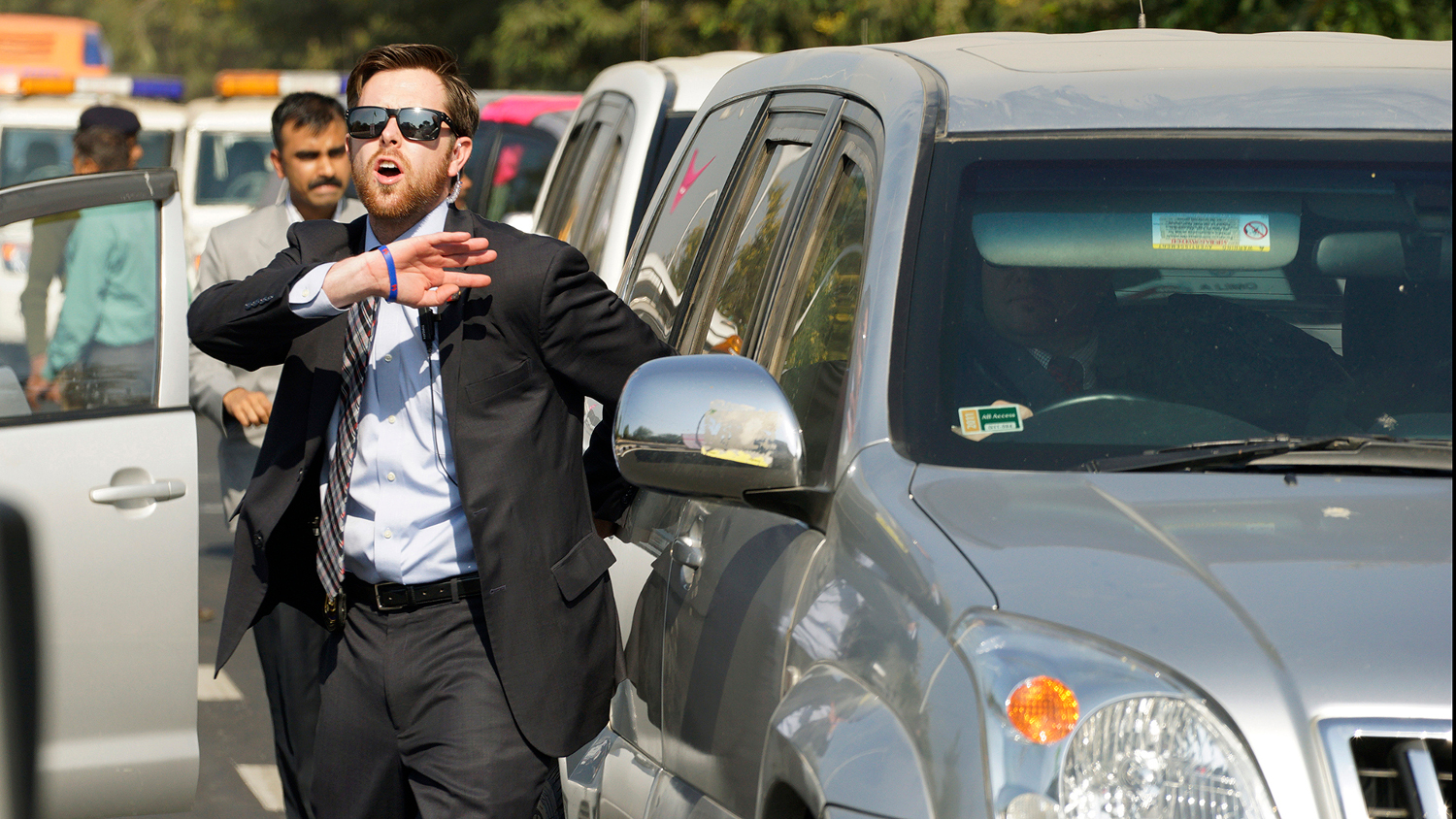
The threats are very real. Between 2006 and 2015, the Bureau of Diplomatic Security (DS) recorded dozens of significant attacks on the department’s diplomats and other employees in the Middle East, Africa, Asia, Latin America and Europe. Even before 9/11, there had been a steady need for more security at American diplomatic posts around the world. In 1998, Al Qaeda infamously claimed responsibility for bombings at embassies in Nairobi, Kenya and Dar es Salaam, Tanzania.
In many cases armored vehicles prevented—or could have prevented—deaths or injuries. In December 2015, an unknown individual shot at an embassy vehicle traveling to Bangui M’Poko International Airport in Bangui, Central Africa Republic, hitting a passenger side window, but causing no injuries. On Oct. 11, 2012, Al Qaeda in the Arabian Peninsula terrorists murdered the senior foreign service national investigator for the U.S. Embassy in Yemen as he sat in his car in the country’s capital Sana’a.
As of May 2016, was responsible for a sprawling fleet of more than 4,500 up-armored SUVs, vans and other trucks across the world and in the United States itself. Though the exact base specifications for these up-armored vehicles is classified, the collection of trucks includes modified Chevrolet Suburban and Toyota Land Cruiser SUVs and Chevrolet Express and Ford E-series vans.
But in its broad review, OIG discovered nearly 260 vehicles had gone unused for at least a year and State spent almost $25 million just to store them at sites in the United States. On top of that, the department had given away another 200 armored trucks to other agencies, without getting anything in return, effectively losing over $26 million in the process. The watchdog simply couldn’t find five more trucks, worth over $530,000, that DS listed in its master inventory.
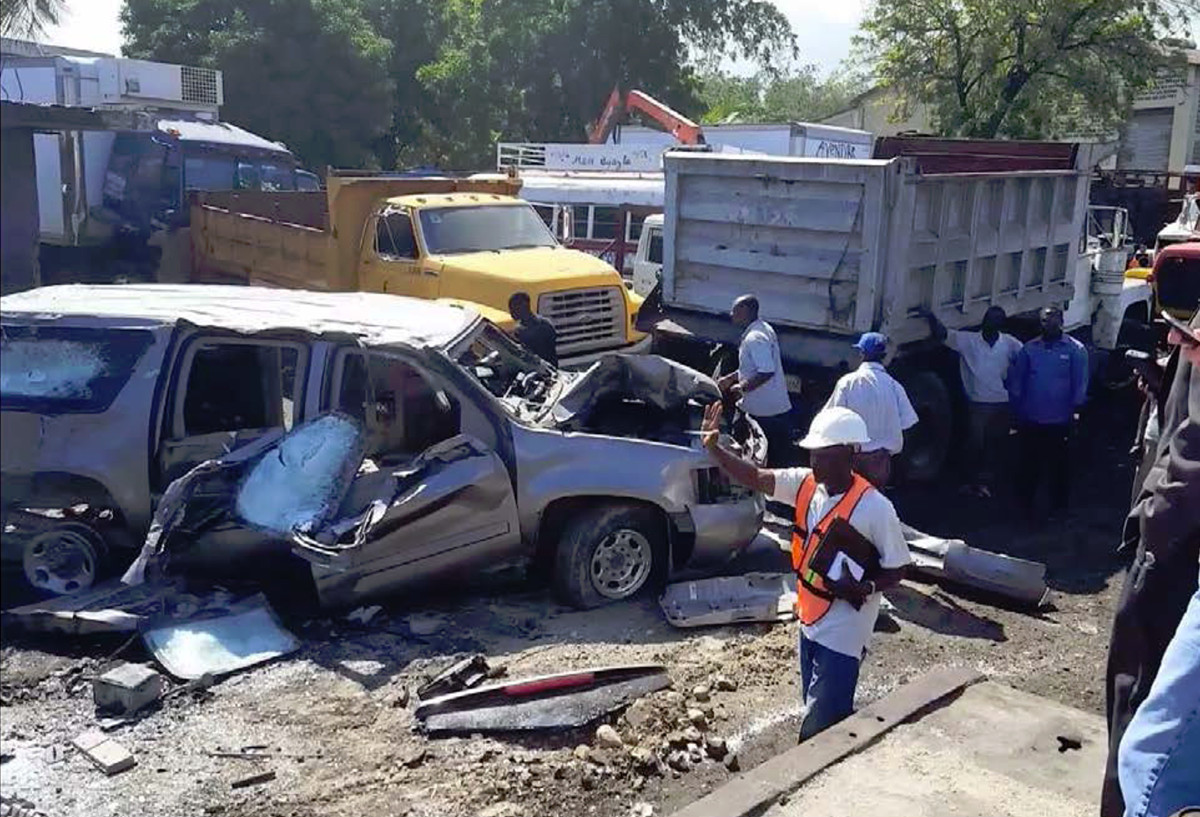
During visits to various embassies, investigators found additional vehicles that did not meet State’s internal standards or had not yet received new upgrades to meet changes in those requirements. At the U.S. Embassy in Bogota, Colombia – the capital of a country struggling to finally end decades of civil war and still battling drug cartels, paramilitaries, and other organized crime groups—more than 20 armored trucks had insufficient armor. The diplomatic post technically operated another 10 vans sitting idle in Front Royal, Virginia waiting to get the necessary modifications.
In certain cases, diplomatic staff relied on vehicles from other agencies that also operated out of embassy compounds, but which did not meet State’s strict guidelines. This included vehicles from Streit, a Canadian firm with offices in the United States, which has made potentially illegal sales to governments in war-torn South Sudan and Libya, as well as reportedly performing work for individuals linked to gangs.
In 2013, the Government Accountability Office (GAO), another federal watchdog, agreed with State’s decision to exclude the company from future armored vehicle contracts over concerns about its basic quality of work. In addition, OIG explained that unauthorized vendors would have extreme difficulty making compliant vehicles, since it only distributes the secret standards to approved companies.
This apparent lack of proper oversight had a negative impact on maintenance, too. OIG’s staff found over 200 vehicles that should have failed their inspections at six different posts in Africa, the Caribbean, and the Middle East. These trips included visits to the U.S. embassies in Israel and Jordan, where security is undoubtedly a major priority.
Some of these problems were relatively minor, such as low tire pressure or improper labeling. However, more than 30 percent of vehicles had problems with one or more of their bullet-proof windows, 16 percent had mismatched tires and 10 percent had broken doors, all of which could be serious deficiencies in an attack.
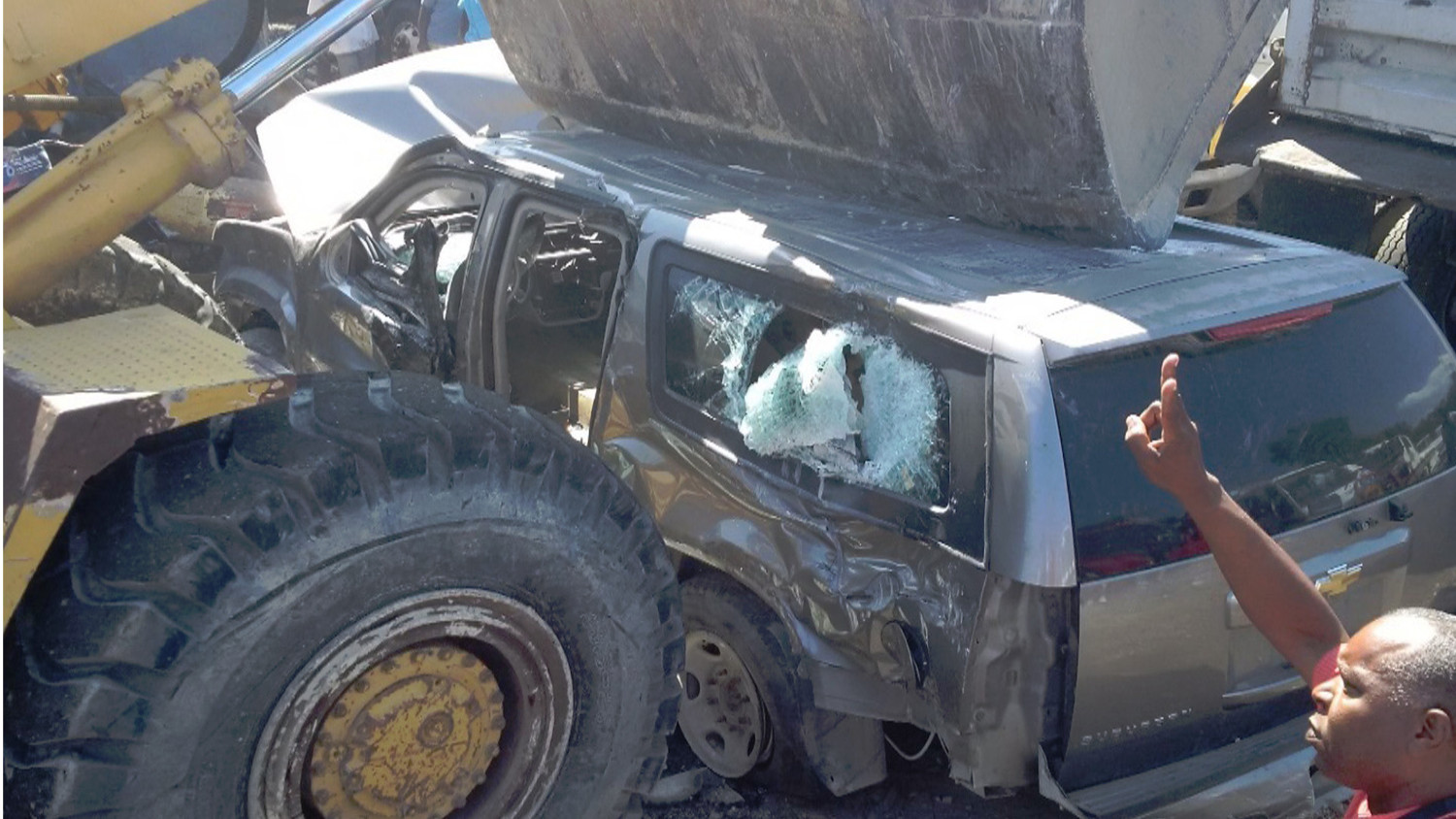
In the course their work, investigators crafted nearly 40 individual recommendations in total and sent them to DS, as well as other offices and specific embassies and consulates. To be sure, State rushed to fix many of these very serious issues. By the time OIG published its audit, it acknowledged that only eight recommendations remained unresolved.
“The Department has responded to and has already taken steps to resolve the vast majority of the OIG’s recommendations,” a State Department official told The War Zone in an Email. “We intend to prioritize the OIG findings and address the corresponding recommendations accordingly and as quickly as possible.”
But the eight unresolved issues are still significant, as are the disagreements between OIG and DS over how to move forward.
For one, the review explained the State had no clear mechanism for figuring out just how many armored vehicles any particular post might actually need to fulfill its duties. DS officials countered that this was virtually impossible to do because the relevant factors could include anything from terrorist threats to how many parking spots an embassy had available in its lots.
OIG was unconvinced, insisting officials could craft at least some baseline metrics. The report pointed to the fact that security officers already had standardized requirements for diplomatic housing, regardless of where those residences were located.
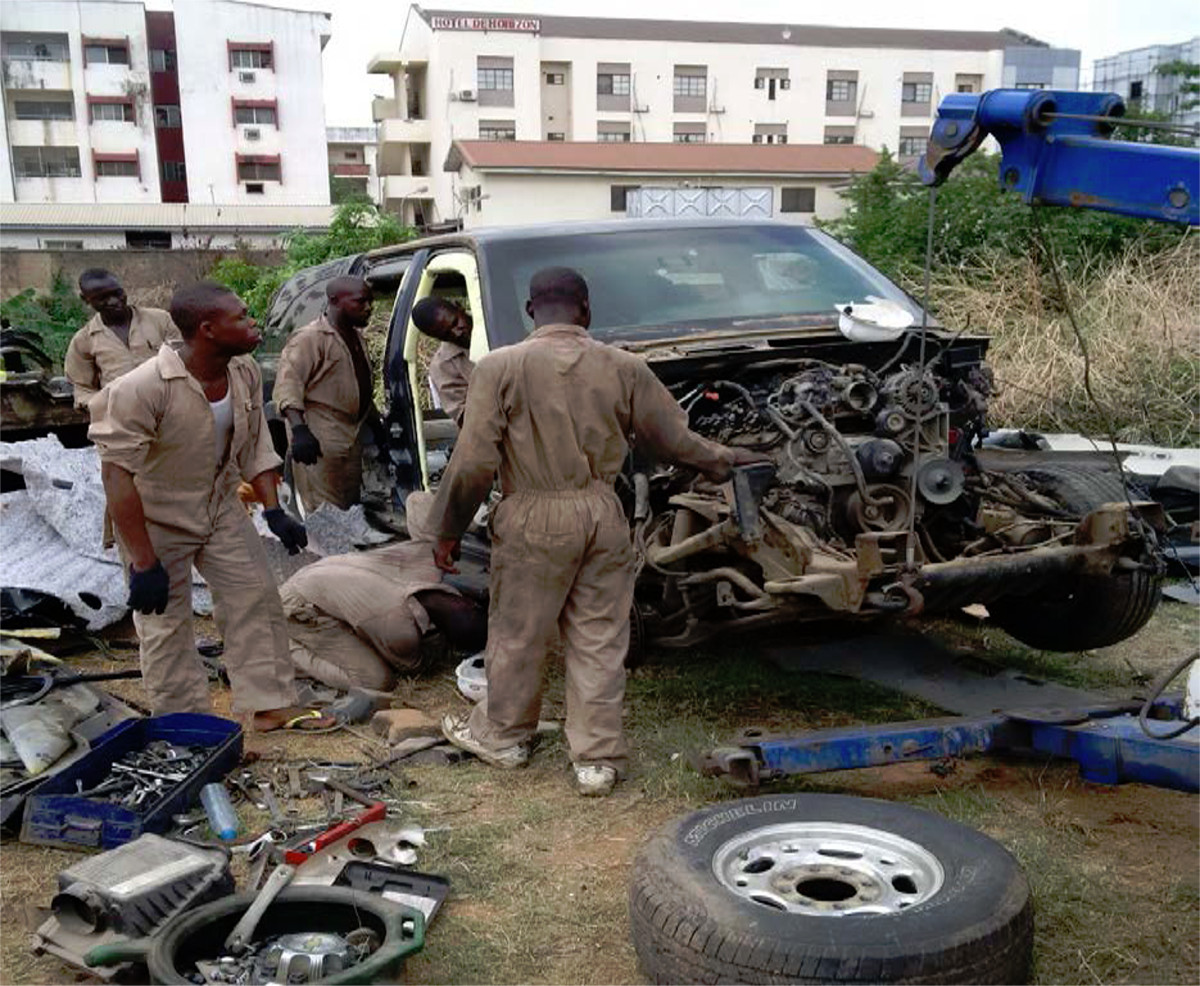
Two additional recommendations stemmed directly from this issue of “right-sizing” the fleet. If State didn’t know how to determine where to send vehicles in the first place, it couldn’t regularly check to make sure it was still meeting those requirements or have regional security offices (RSO) give their own assessments. Again, OIG disagreed with the assertion that these tasks were just too hard to complete.
Beyond that, the watchdog wanted the DS’ leadership to create a single, comprehensive plan for how big the fleet should be and how and where to employ the vehicles in general. Censors redacted the specific reasons why department officials disputed this recommendation. However, OIG highlighted the fact that something needed to be done to prevent unused vehicles from sitting in warehouses, costing tax payers millions.
Elsewhere in the report, security officials did stress that unforeseen crises or changes in priorities made long term planning difficult. “Due to the changes in the Department’s priorities for Afghanistan, Iraq and Pakistan posts, our armored vehicles requirements were reduced, directly resulting in an unforeseen surplus of armored vehicles,” the State Department official added in their Email.
The watchdog also wanted to make sure State wasn’t just giving away vehicles in the future without getting some kind of reimbursement. DS contended that it would actually be illegal to charge other agencies. In turn, OIG pointed out that the relevant regulations only applied to State’s assets inside the United States and its territories, leaving the possibility open to sell off armored vehicles overseas to other law enforcement agencies or the U.S. military. In addition, the rules for transfer of personal property would not preclude the department from using authorities in other statutes or arranging separate quid pro quo agreements to get compensation.
“OIG does not purport to give guidance on precisely how DS could obtain reimbursement, but the high-dollar value of the unused property more than justifies exploring the availability of such options,” the report continued. “The intent of this recommendation is to encourage DS to consider whether reimbursement is available.”
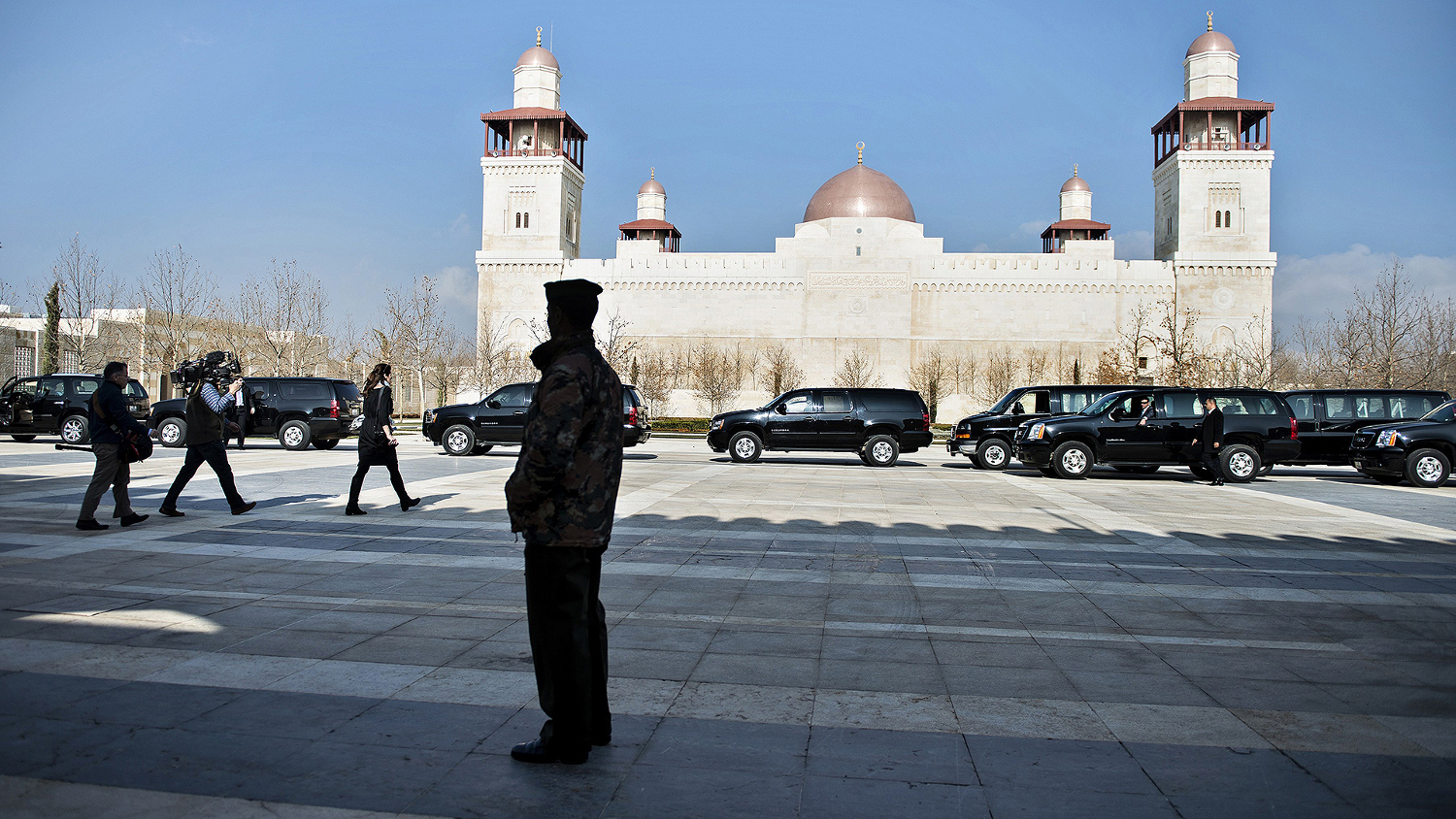
The watchdog and State’s top security officials disagreed on three more recommendations relating to who was responsible for vehicles in the field and whether certain staff needed additional training. In spite of objections from DS’ management, OIG insisted that RSOs needed to make regular inspections – not something included in their existing duties – and that both those security officers and general services office personnel needed to know how to properly dispose of armored vehicles.
These issues were all indicative of a larger, problematic trend of confusion over responsibilities and a general lack of information and planning. Crises would undoubtedly erupt, but there seemed to be no clear course of action on the part of DS to shift armored vehicles around in response or in the aftermath.
In July 2014, a convoy of armored vehicles took American officials overland from the embassy in Tripoli, Libya to the safety of neighboring Tunisia. Nearly a year later OIG found that this glut of trucks was sitting within the embassy compound in Tunis as officials continued to debate what to do with them.
“All Tripoli vehicles were either placed in-service by Embassy Tunis, remain stored until needed, or were transferred to other USG [U.S. government] agencies,” another State Department official told the author in a separate Email in March 2016. “Most were placed in-service by Department of State, some transferred to other USG agencies and others remain stored waiting registration, assignment, etc.”
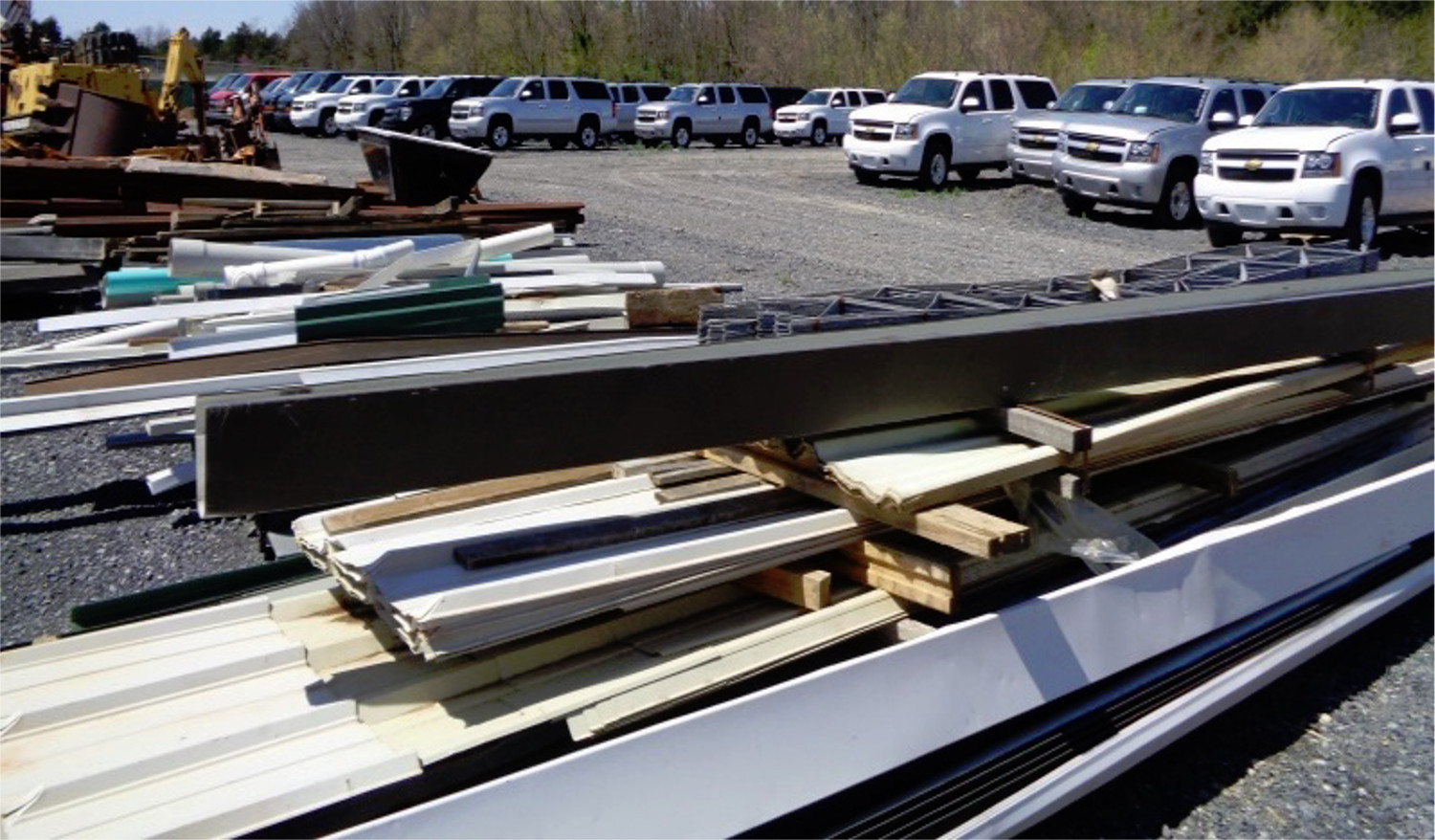
As State found out in Nigeria in 2010, just getting rid of unused or broken trucks can be difficult. Since their specifications are secret, embassies and other diplomatic posts can’t just sell them off. As of February 2017, there were five approved methods for disposing of armored vehicles. Contractors could cut them into sections no bigger than two square feet, crush them, burn them, literally blow them up, or bury them, but only on U.S. soil, including within embassy compounds.
In 2012, State stopped allowing hired firms to dump the trucks into the sea under any circumstances. In January 2017, OIG released a report highlighting continued concerns about the health and safety of State-employed or hired contractors who were still smashing and crushing vehicles in countries such as Haiti and Nigeria.
Investigators had taken striking photographs of workers, often without any protective gear at all, bashing in windows with hand tools or squashing SUV bodies with heavy construction equipment. One image caught two men cutting a section of a vehicle with a blow torch next to a no-smoking sign within the U.S. Embassy compound in Nairobi, Kenya. According to OIG, DS had already adequately responded to the two recommendations in that review by the time it released the much larger report the following month.
The February 2017 report also did not touch on the separate matter of training for DS staff operating the vehicles abroad. With their added armor and gear, the protected trucks didn’t handle like their commercial counterparts. Drivers needed special training to get safely around the often congested streets of lesser-developed countries.
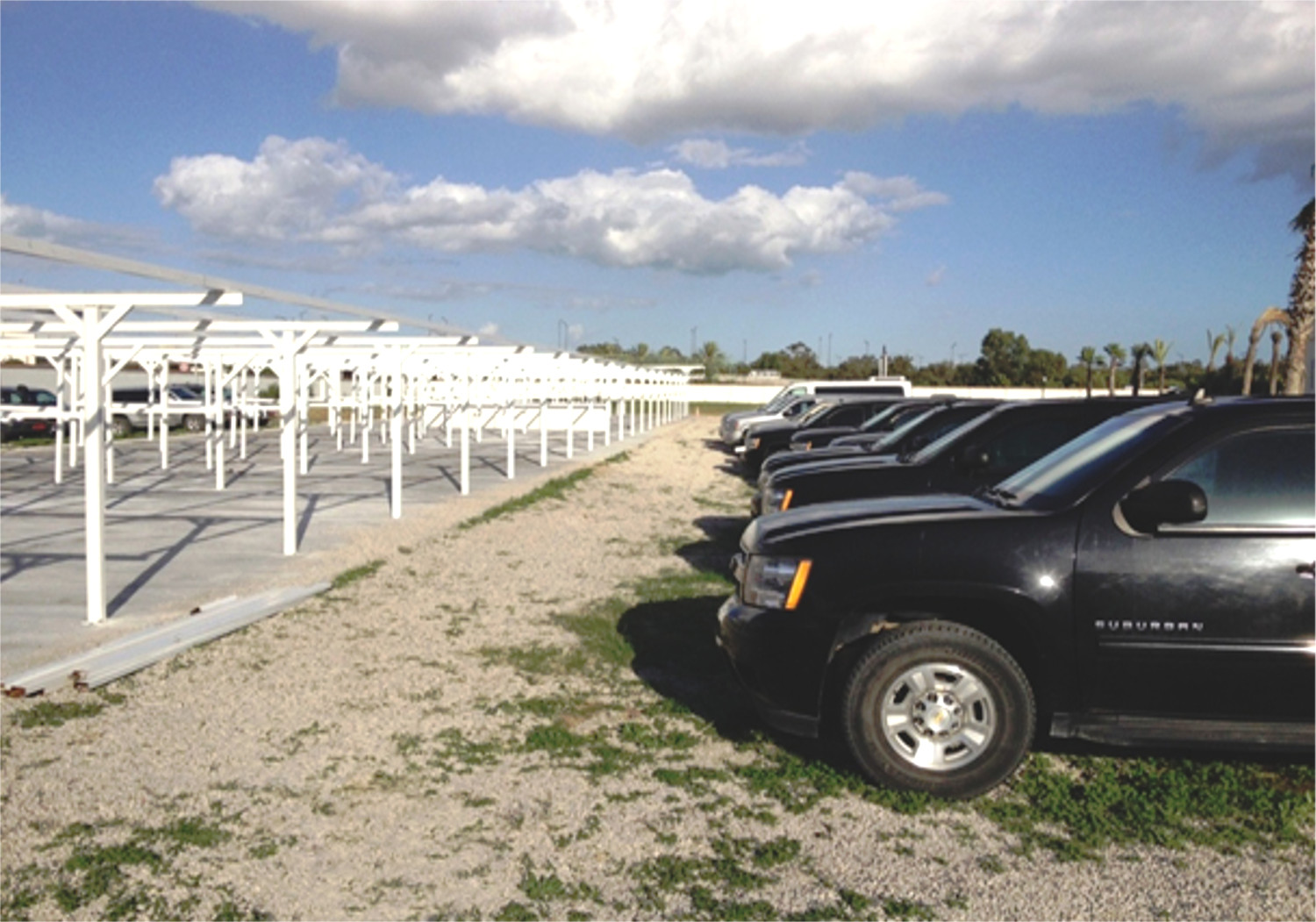
In April 2016, a convoy carrying then U.S. Ambassador to the United Nations Samantha Power through a village in Northern Cameroon accidentally hit and killed a seven-year-old boy. An ambulance with the group tried to rush the child to a nearby hospital.
At the time, though Power smartly insisted on apologizing to the family in person and State compensated them with money and other goods, the incident seemed to highlight the inherent conflict in keeping American diplomats safe abroad. These individuals are supposed to be the public face of the United States, but are often insulated from the general public in the countries where they work due to security concerns.
“What can you say?” she said later during an interview on ABC’s “Nightline.” “You come here to help.”
But in 2016, OIG released the results of inspections that suggested these deadly incidents were more likely part of the larger issue of how DS was handling increased security requirements and the expanding armored vehicle program. Investigators found State’s armored vehicles had been involved in more than 770 “mishaps” since 2015 and classified nearly 60 percent of them as “preventable.” In 10 of the 12 instances where the vehicle had killed someone, State cited a lack of driver training as the primary contributing factor.
“The Department provides specialized operator training that includes handling armored vehicle dynamics,” OIG explained in a July 2016 review. “But it is mandatory only for drivers of chiefs of mission/principal officers, none of whom were involved in the 12 fatal mishaps.”
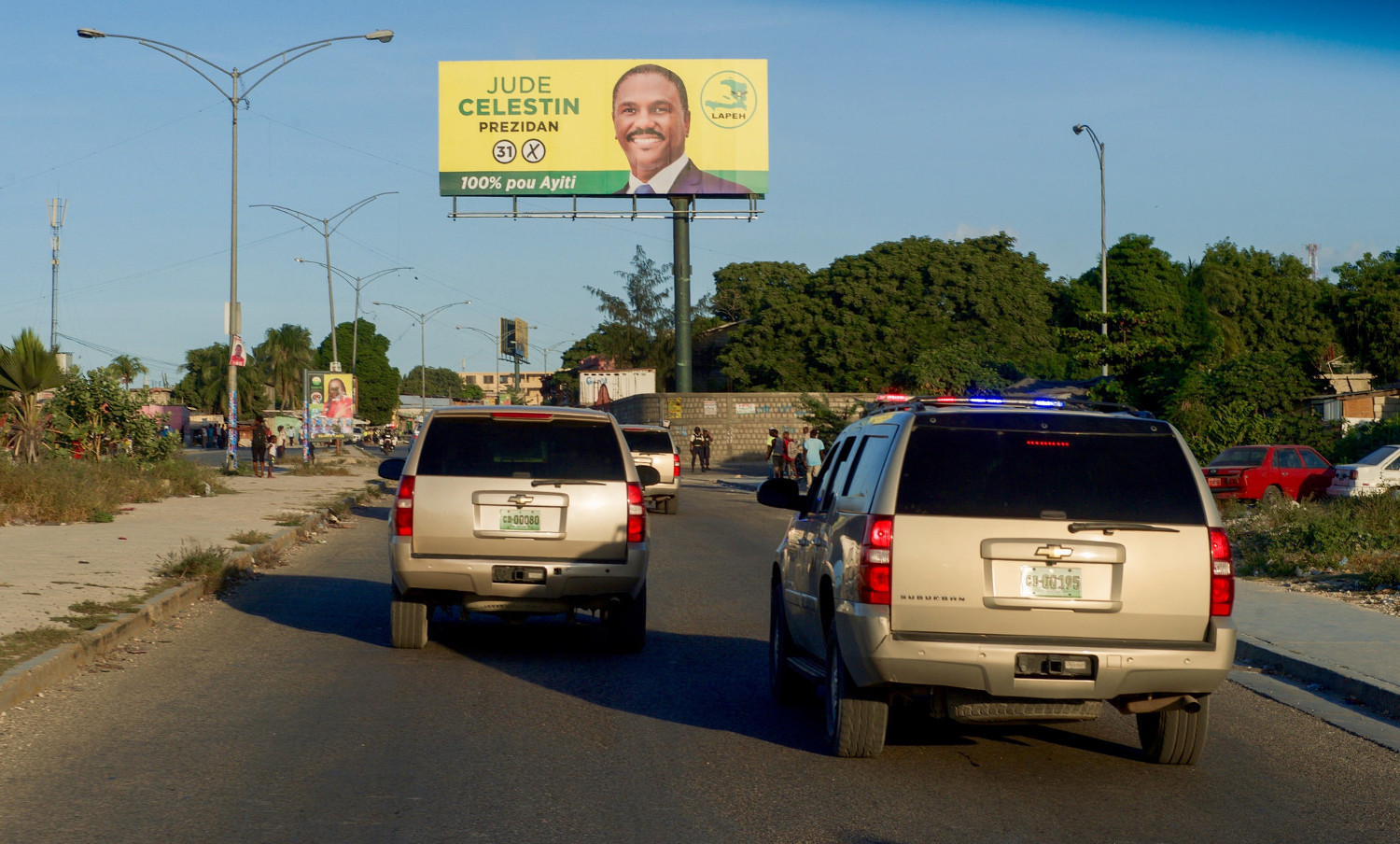
There had clearly been a negative trend in the management of the armored vehicle program. Though State clearly tried to respond quickly to specific issues as OIG uncovered them, taken together, the reports paint a picture of officials consistently overwhelmed by the sheer scope of their responsibilities and struggling to catch up.
Budget cuts can’t have helped matters. During the 2011 fiscal year, members of congress trimmed nearly $130 million from diplomatic security in President Barack Obama’s proposed budget. In the next fiscal cycle, legislators cut State’s budget as a whole by another $330 million.
In his first budget proposal in March 2017, President Donald Trump suggested the department could do without $11 billion in the next year. If approved, this would amount to a total budget nearly 29 percent smaller compared to one in the previous cycle.
How this would impact the armored vehicle program specifically would depend on a variety of factors. Though DS oversees it as a whole, individual embassies and other diplomatic posts are often responsible for training drivers and otherwise operating and maintaining the individual vehicles. Changes across the budget could impact any plans to resolve the long-standing issues related to the fleet.
Whatever happens, State clearly knows there have been and still are problems in how it manages its armored trucks. Only time will tell if officials find comprehensive ways to truly start getting out in front of the persistent issues.
Contact the author: joe@thedrive.com
